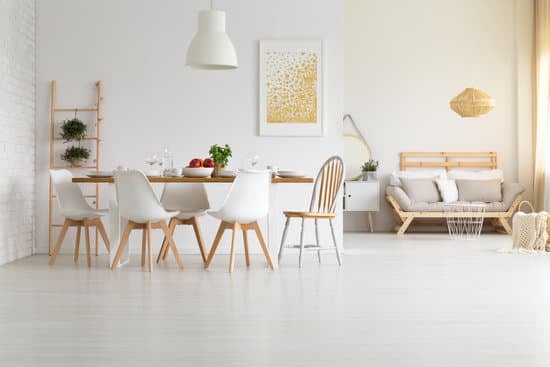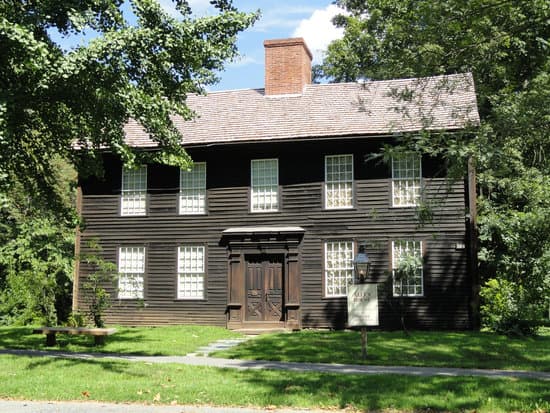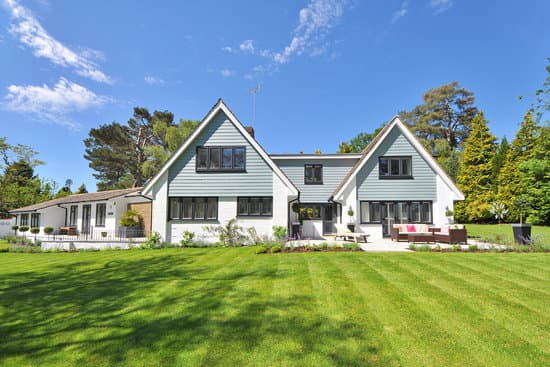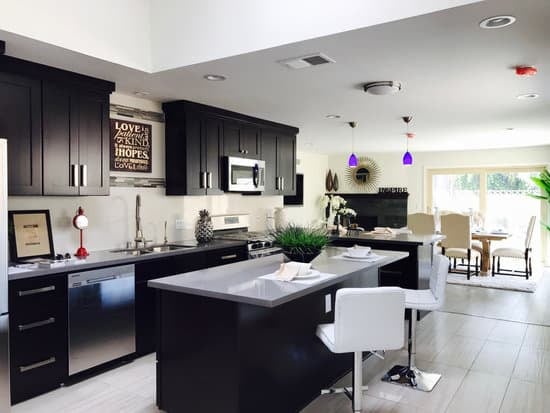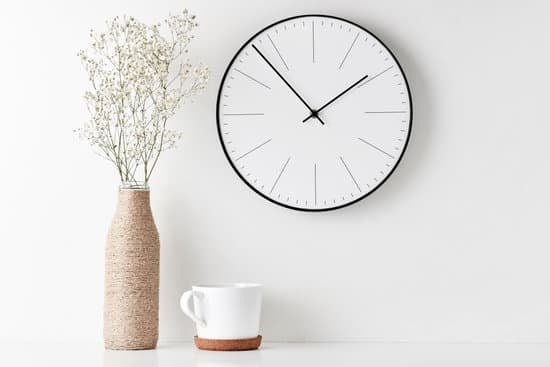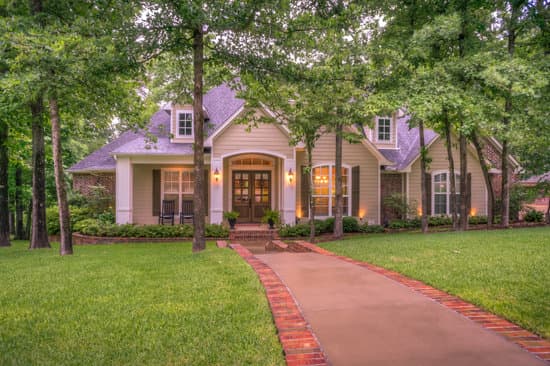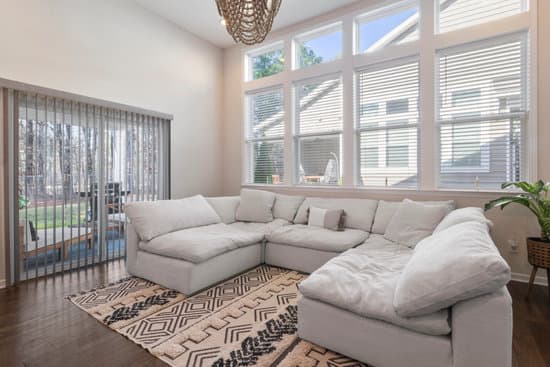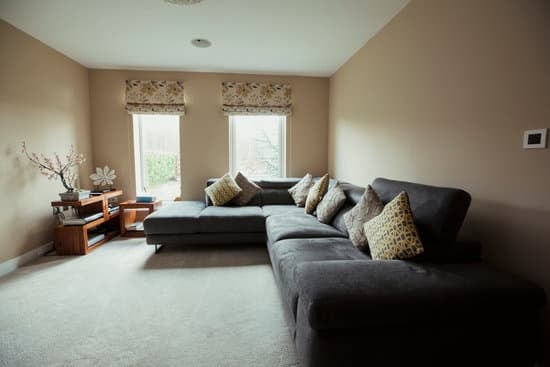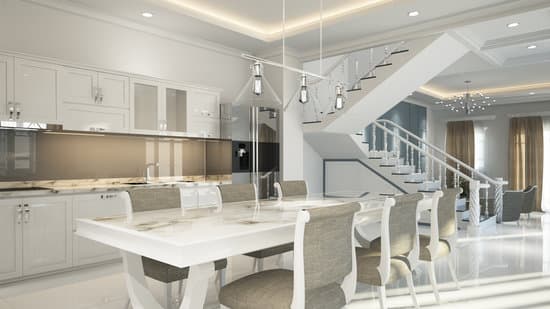The Controversy Surrounding Cottagecore
In recent years, the rise in popularity of the aesthetic known as cottagecore has been met with both admiration and criticism. While many have lauded the aesthetic for its focus on simplicity, nature, and a return to traditional forms of domesticity, others have been much more skeptical. Among the criticisms made of cottagecore are its alleged Eurocentric bias, promotion of heteronormativity, and lack of representation for artists of color and those who identify as queer or disabled.Criticisms of Cottagecore’s Eurocentric Bias
One of the main critiques leveled against cottagecore is that it seeks to promote an idealized version of rural European life that erases the contributions and experiences of people from other cultures. Some have argued that the aesthetic’s obsession with pastoral landscapes and quaint, rustic dwellings ignores the complex histories and cultural practices of non-European peoples. Moreover, it reinforces the idea that certain forms of labor, such as gardening or baking, are inherently linked to European traditions, while ignoring the fact that these practices have been central to the survival and resilience of marginalized communities throughout history.Examples of Eurocentric Bias in Cottagecore:
- Focus on traditional European fashion (e.g. prairie dresses, smocks, straw hats)
- Preference for European architectural styles (e.g. thatched roofs, timber framing)
- Emphasis on Western European cuisine (e.g. scones, clotted cream, marmalade)
Heteronormativity in Cottagecore: An Analysis
Another criticism of cottagecore is that it promotes a highly gendered and heteronormative view of domestic life. Many of the images associated with cottagecore depict women engaged in activities like baking, gardening, and sewing, while men are either absent or relegated to background roles. This reinforces the idea that women belong in the home and are responsible for keeping things running smoothly, while men are free to pursue their interests and careers outside of the household. This view of gender roles is not only outdated, but it also erases the existence and experiences of individuals who do not fit neatly into traditional gender categories.Examples of Heteronormativity in Cottagecore:
- Images of women performing domestic tasks while men pursue outdoor activities (e.g. fishing, hunting)
- Assumption that all romantic partnerships are between cisgender, heterosexual individuals
- Lack of representation for LGBTQ+ individuals or those who identify as non-binary
Lack of Representation for POC and Queer/Disabled Artists in Cottagecore
Perhaps the most damning critique of cottagecore is that it fails to promote diversity and inclusion within its community. Many artists who are not white, cisgender, or able-bodied have reported feeling excluded from the cottagecore movement, with some stating that their work is either overlooked or actively dismissed by fans of the aesthetic. This creates a harmful dynamic where only certain types of artists and creators are able to thrive, while others are left out in the cold.Examples of Lack of Representation in Cottagecore:
- Paucity of artists of color featured in cottagecore imagery or social media accounts
- Native practices and wisdom are often portrayed without representation or benefit to Indigenous peoples
- Rare instances when artists with disabilities are included, their representation is often reduced to a symbol of inspiration for non-disabled people, which glosses over the complexities of their existence.
The Homesteading Connection to Cottagecore
One of the aspects of cottagecore that is particularly interesting to consider is its connection to the homesteading movement. Homesteading, or the practice of living self-sufficiently off the land, has a long and storied history in the United States, dating back to the 19th century. At its core, homesteading is about living more intentionally and sustainably, which are values that many cottagecore enthusiasts share. However, it is important to note that there are some key differences between homesteading and cottagecore – namely, that homesteading is often associated with a rejection of mainstream society and modern technology, while cottagecore is more about creating an idyllic and romanticized version of the past.Examples of Homesteading Practices in Cottagecore:
- Focus on growing and preserving one’s own food
- Use of eco-friendly products and methods (e.g. cloth napkins, solar power)
- Building small, sustainable homes that minimize environmental impact
Cottagecore and the Romanticizing of the Past
Another important aspect of cottagecore to consider is the way in which it romanticizes and idealizes a particular version of the past. Many of the images associated with cottagecore, such as vintage teacups, ornate doilies, and neatly manicured gardens, evoke a sense of nostalgia for a simpler, more idyllic time. This nostalgia can be comforting in many ways, but it can also be deeply problematic if it relies on a whitewashed, sanitized version of history that ignores the real struggles and injustices faced by marginalized communities.Examples of Romanticization in Cottagecore:
- Images of quaint, storybook homes and gardens that ignore the labor and skill required to create and maintain them
- Focus on traditional gender roles and relationships, which can erase the experiences of LGBTQ+ individuals and those who do not fit into cisgender, heterosexual norms
- Emphasis on a simple life that ignores the realities of poverty, racism, and other systemic issues that impact communities around the world
How Cottagecore Can Be More Inclusive
Despite the many criticisms of cottagecore, there are ways in which the aesthetic could become more inclusive and welcoming to individuals from diverse backgrounds. One of the most important steps is recognizing and acknowledging the ways in which cottagecore has been exclusionary in the past, and working to actively counteract those biases. This could include featuring more artists of color, LGBTQ+ individuals, and disabled creators in cottagecore imagery and social media accounts, as well as calling out and challenging instances of racism, sexism, or other forms of discrimination within the community.Ways to Make Cottagecore More Inclusive:
- Actively seek out and promote artists from marginalized communities
- Engage in conversations about race, gender, and other social justice issues, both within the cottagecore community and beyond
- Encourage a diversity of perspectives and experiences within cottagecore by highlighting the work of individuals with different backgrounds and identities
Challenge Expectations: Redefining Cottagecore for the Future
Finally, perhaps the most important thing that we as a community can do to make cottagecore more inclusive and welcoming to all individuals is to challenge our own expectations and assumptions about what the aesthetic should look like. While there are certainly some key elements and values that define cottagecore, there is also room for interpretation and innovation within the aesthetic. By pushing back against rigid ideas of what cottagecore should be, we can open up space for the creativity and diversity that will make the movement stronger and more vibrant in the long run.Ways to Redefine Cottagecore:
- Encourage experimentation and innovation within the aesthetic
- Be open to new ideas and perspectives from a variety of sources
- Acknowledge that cottagecore is not a monolithic or static concept, but rather an evolving and multifaceted movement




